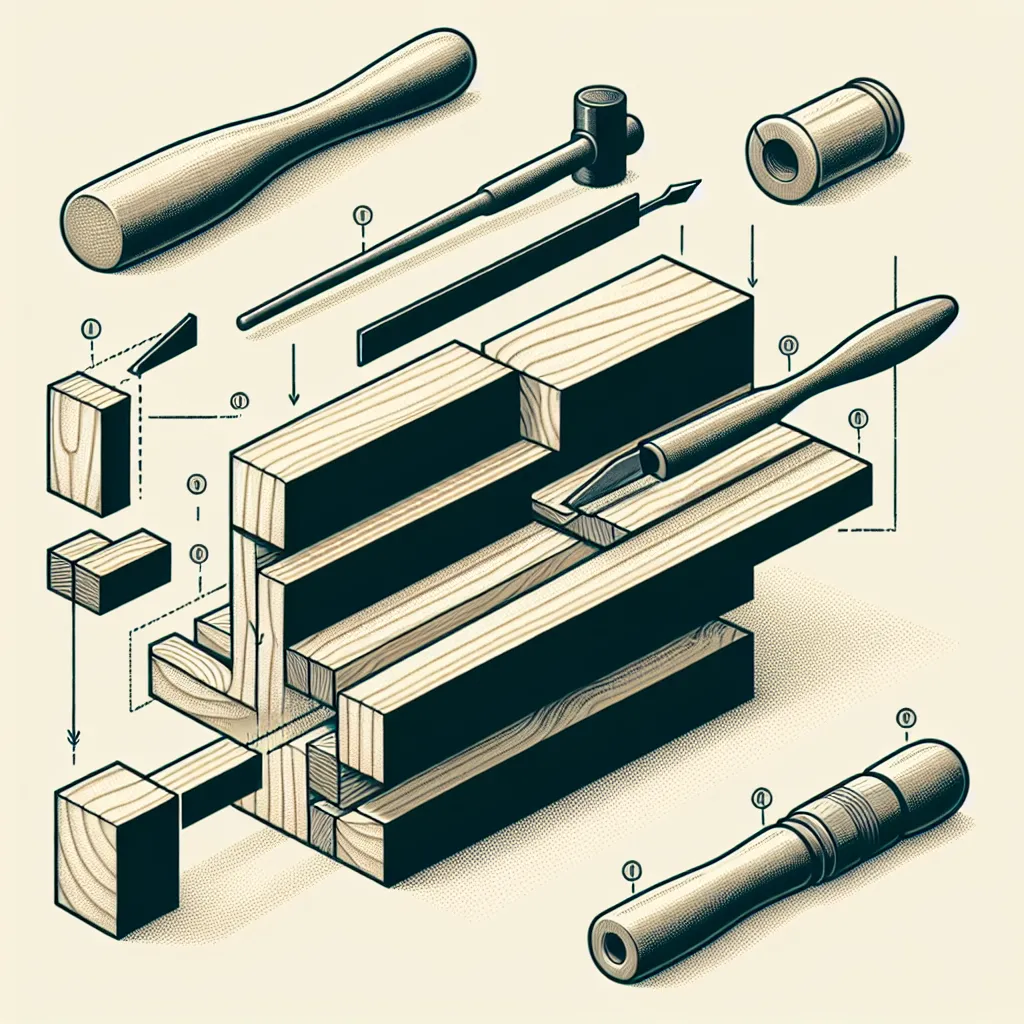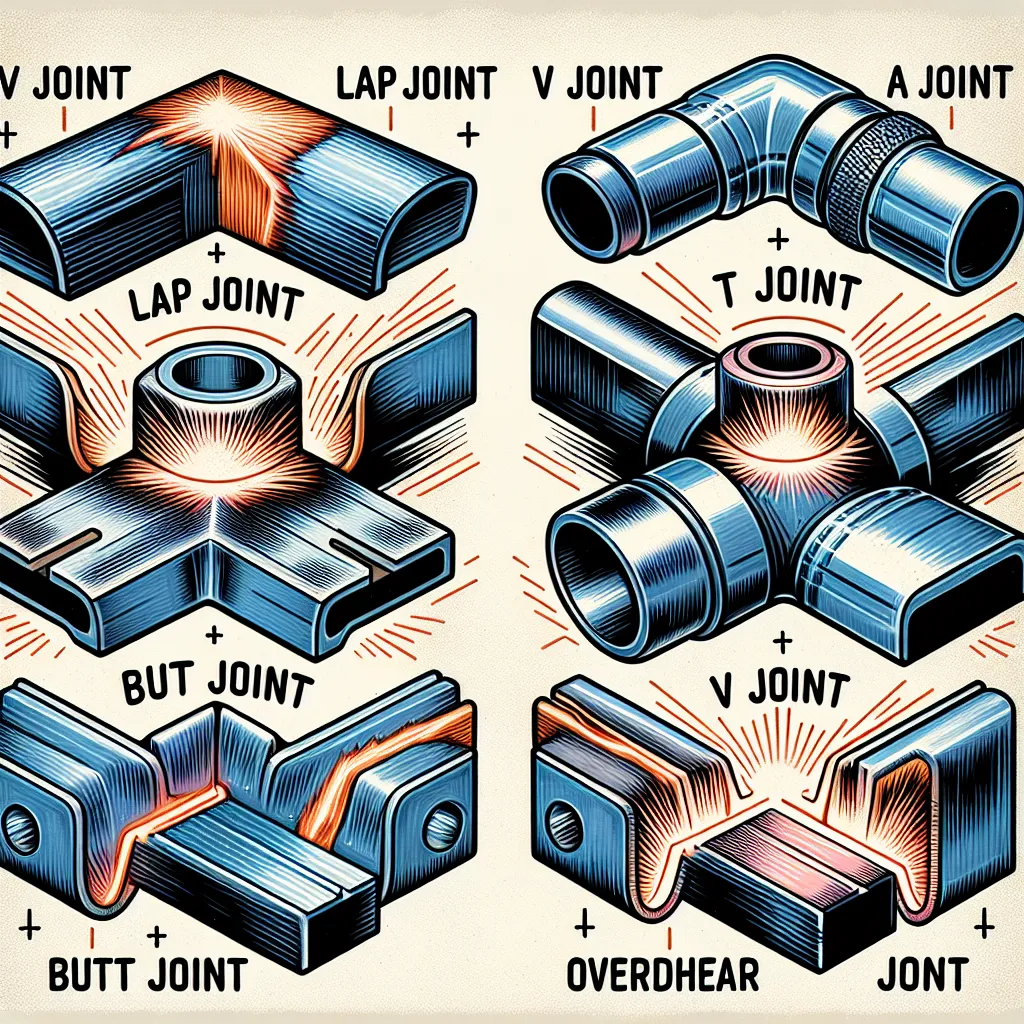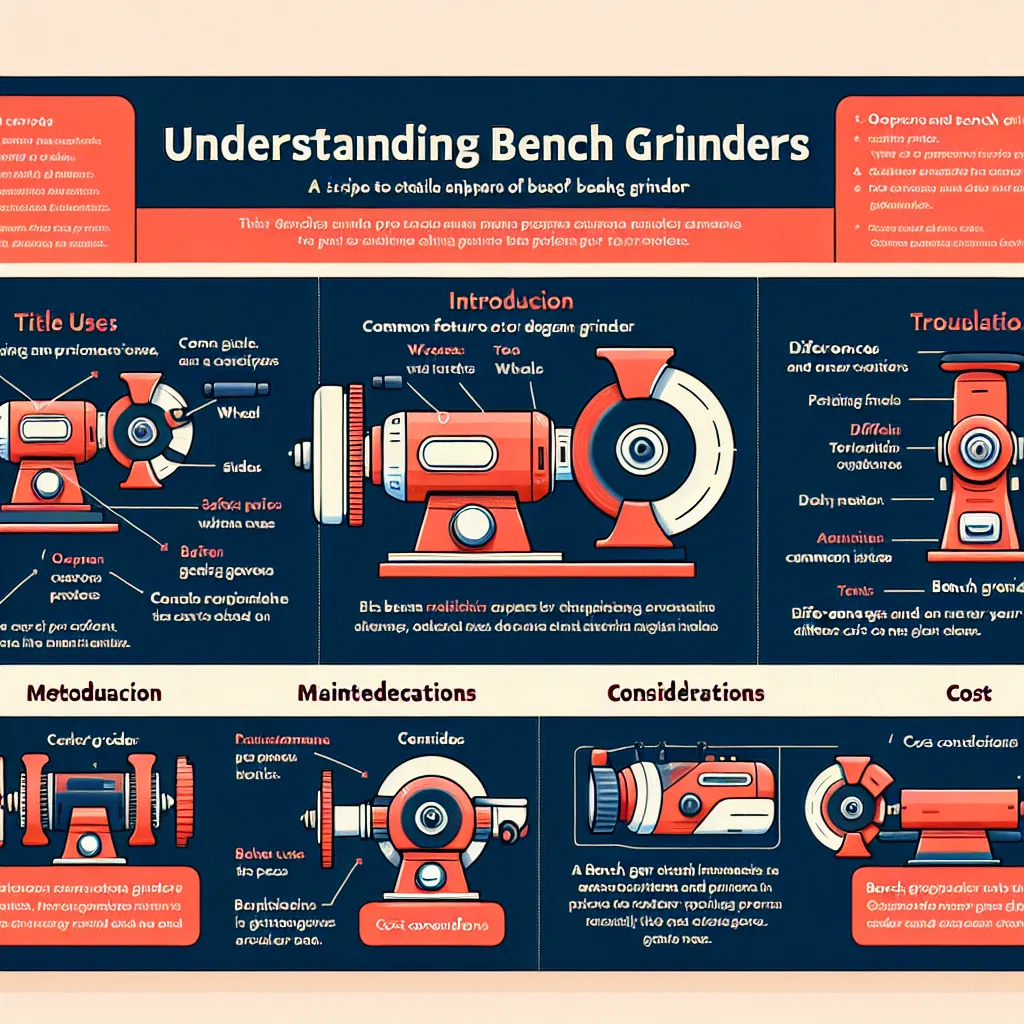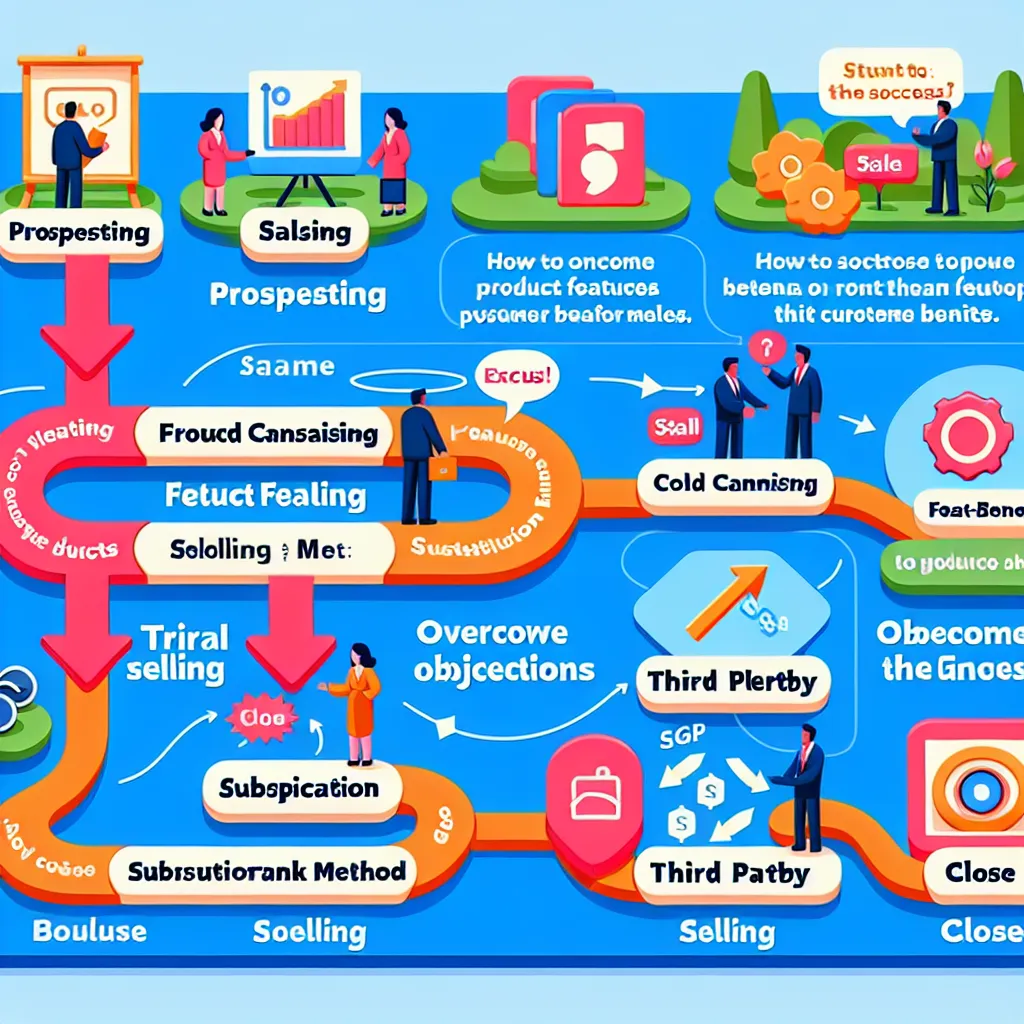Ask AI on The Internet
Question: What is the purpose of a bevel? Allow better penetration I am not listening So it glues together so I do not have to grind it
A bevel is typically created to provide better access and penetration in various applications. Here are a few common purposes of a bevel: 1. **Allow Better Penetration**: In welding, a bevel is often applied to the edges of materials to create a favorable angle for the welding process, facilitating deeper and more secure welds. 2. **Enhance Fitting and Bonding**: For materials that are glued or bonded together, a beveled edge can increase the surface area for adhesive application, promoting a stronger bond. 3. **Ease Assembly**: In mechanical and construction applications, beveled edges can make it easier to fit components together, especially if they need to slide past one another or fit into angular slots. 4. **Aesthetic and Safety**: Bevels can also be used to eliminate sharp edges on materials, making them safer to handle and improving the aesthetic appearance of the finished product. However, it is important to note that a bevel does not mean you will not have to grind the edges at all. Depending on your specific application, some grinding might still be necessary to achieve a perfect fit or finish.
Think your answer is better than the AI's? Post it below.
Other Most Relevant Posts:
 Ask AI: What is a benefit of applying the elements and principles of design to designers and their projects?
Ask AI: What is a benefit of applying the elements and principles of design to designers and their projects?
Question Tags
If you want your question answered by an AI, click here.






Post your own comment: